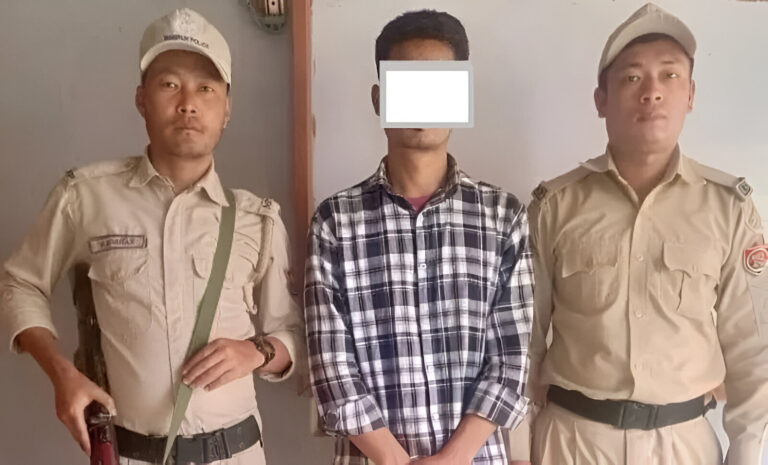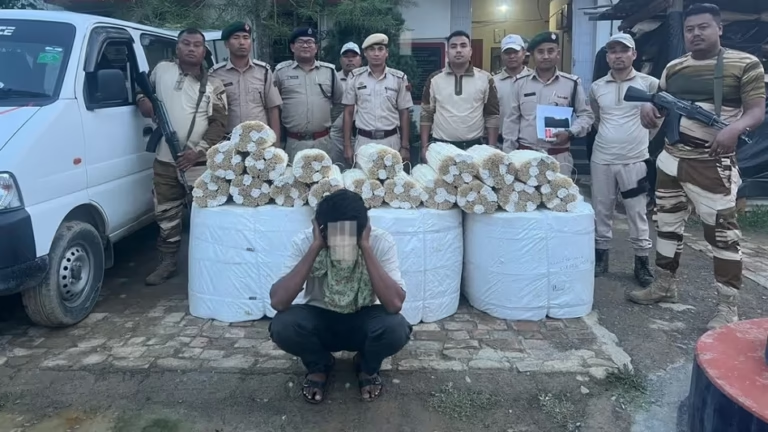When Will We Go Home? Inside the Plight of Manipur’s Displaced Residents
Summary
Thousands in Manipur remain displaced after ethnic violence broke out, leading to protests from families stuck in relief camps who urgently seek a path back to their homes. This article explores the background, current struggles, and calls for government intervention to restore safety and stability.
Full Article
Understanding Manipur’s Displacement Crisis: Why Are People Homeless?
Imagine being forced out of your home overnight, clutching only the essentials, leaving everything familiar behind. This is the unfortunate reality for thousands of residents in Manipur, India, who have been displaced since May 3, following a sudden outbreak of ethnic violence. The situation remains unresolved, leaving families separated from their homes, livelihoods, and sense of security.
This displacement largely affects the Meitei community, one of the dominant groups in Manipur. The roots of this crisis are complex and woven into long-standing tensions over ethnic and land disputes, which escalated rapidly earlier this year. As the violence subsided, the displaced expected a prompt return to normalcy. However, months later, they’re still stranded in temporary shelters with no clear timeline for when they can return home.
Living Conditions in Relief Camps: A Daily Struggle for Basic Needs
Imagine trying to make a life in a small, crowded tent where privacy, comfort, and even safety are hard to come by. For many families, this has become the “new normal.” Relief camps set up in response to the displacement struggle to provide even the most basic amenities, such as clean water, sanitation, food, and healthcare. What’s intended to be a temporary fix has turned into a long, agonizing wait.
Life in these camps is riddled with challenges. Families, once accustomed to the routines and comforts of their homes, are now packed into makeshift shelters that are hot, cramped, and inadequate for prolonged living. Education for children is inconsistent, healthcare is limited, and the looming uncertainty about their futures leaves these residents anxious and frustrated.
A Community’s Cry for Action: Protests and Demands for Change
Recently, frustrated by months of inaction, residents from four relief camps organized a protest, taking to the streets to make their voices heard. The protest was spearheaded by local organizations like the Apunba Awonba Manipur Amagidamak and the Kanglei Woman Welfare Association, determined to draw attention to the plight of the displaced.
These groups have consistently highlighted the need for urgent government intervention to improve the situation in relief camps and to set up a clear, safe pathway for residents to return home. Their demands go beyond improved camp conditions; they’re asking for a long-term solution that addresses the root causes of the violence and displacement.
But, what does this intervention look like? And, more importantly, how can it bring an end to the suffering that has been dragging on for so long?
The Role of Government and Community Organizations: What’s Being Done?
The Manipur displacement crisis has caught the attention of local, national, and even international organizations, but the response has been slow and largely insufficient, according to advocates. Government and aid organizations have stepped in to provide resources, but many feel that these efforts lack both urgency and sustainability.
Local community organizations have taken on a vital role, organizing resources, lobbying for increased support, and ensuring that the displaced residents’ voices are heard. These groups are not only assisting with immediate needs in the camps but are also working to press the government for a sustainable, long-term solution.
Protesters demand that the government create a detailed plan to ensure a safe return, implement better security in affected areas, and provide financial and psychological support for displaced families. It’s a tall order, but one that would pave the way for lasting peace and recovery.
Long-Term Effects of Displacement on Families and Communities
The impact of displacement runs far deeper than just physical separation from one’s home. For those affected, the psychological and emotional toll of living in uncertainty, often without sufficient resources, can be devastating. Children are growing up in relief camps, removed from normal school settings, which disrupts their education and development.
The longer these families remain displaced, the harder it becomes to rebuild their lives, homes, and communities. Extended displacement threatens to create a “lost generation” among the youth, who might struggle with trauma, loss of opportunity, and limited social mobility.
Looking Forward: Is There Hope for the Displaced in Manipur?
As bleak as the situation may seem, community efforts and continued protests signal that there is still hope for change. Manipur’s displaced residents are determined to keep fighting for a return to normalcy, and their voices are beginning to draw wider attention. However, sustained government action is crucial to ensure this hope materializes into real change.
The next steps require coordinated efforts from the government, local organizations, and the residents themselves to implement effective policies, secure funding, and establish peace and security in affected areas. Without these measures, the displaced in Manipur may continue to face prolonged instability and hardship.
FAQs
- What caused the displacement crisis in Manipur?
- The crisis began with ethnic violence that erupted in early May, forcing thousands to flee their homes due to safety concerns.
- What challenges do displaced residents face in relief camps?
- Relief camps struggle to provide basic amenities like clean water, adequate food, healthcare, and educational support, leaving residents in difficult conditions.
- How are community organizations helping the displaced residents?
- Local groups are advocating for better living conditions in camps, organizing protests, and pressing the government for a clear plan for the safe return of displaced families.
- What actions are being taken by the government to resolve the crisis?
- Although the government has provided resources, there is widespread demand for more sustainable intervention, including safety measures and resettlement plans.
- What can be done to prevent future displacement in Manipur?
- Addressing the root causes of ethnic tensions, implementing fair land policies, and improving security in conflict-prone areas are essential for long-term stability.


